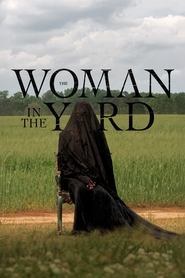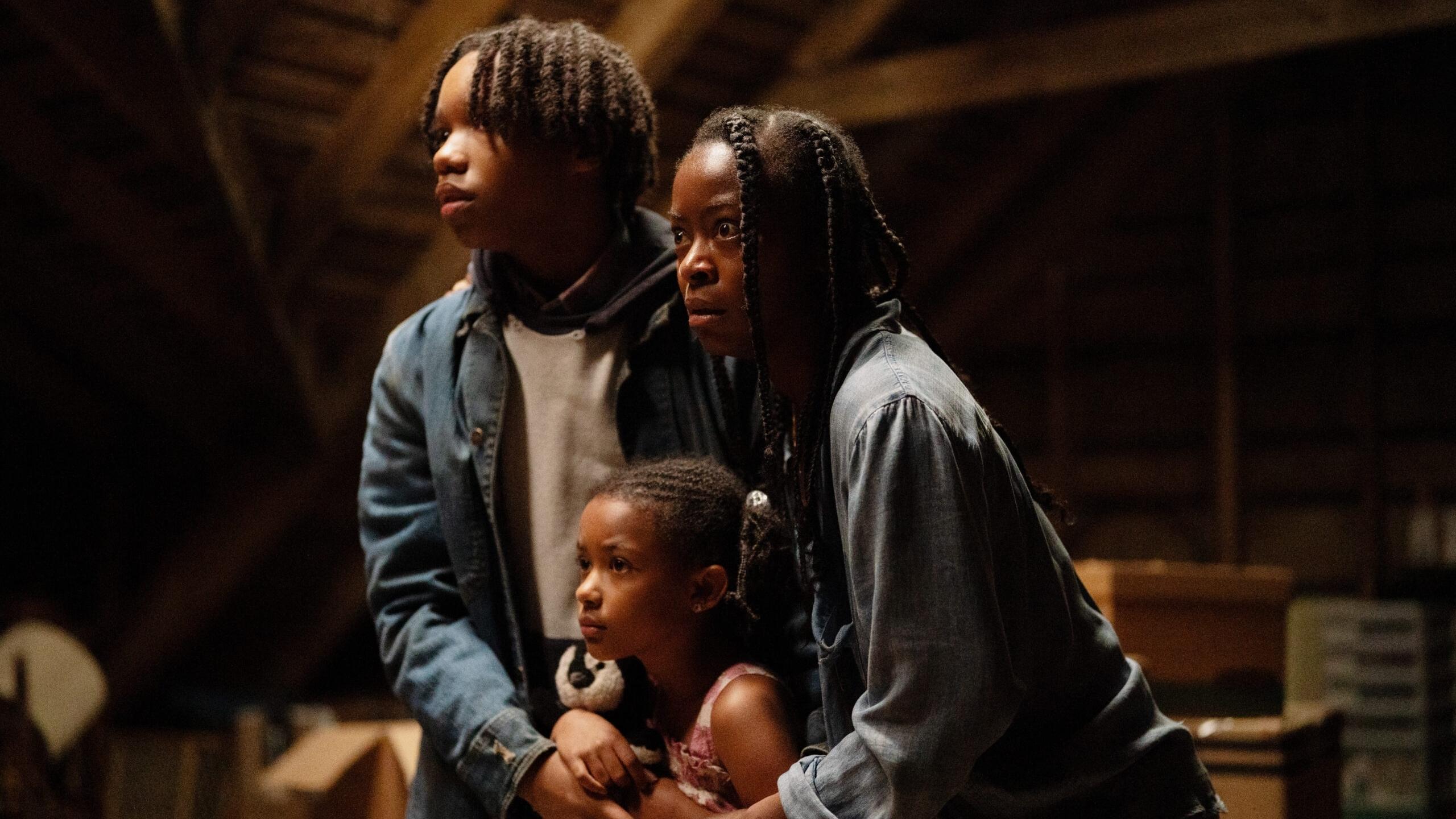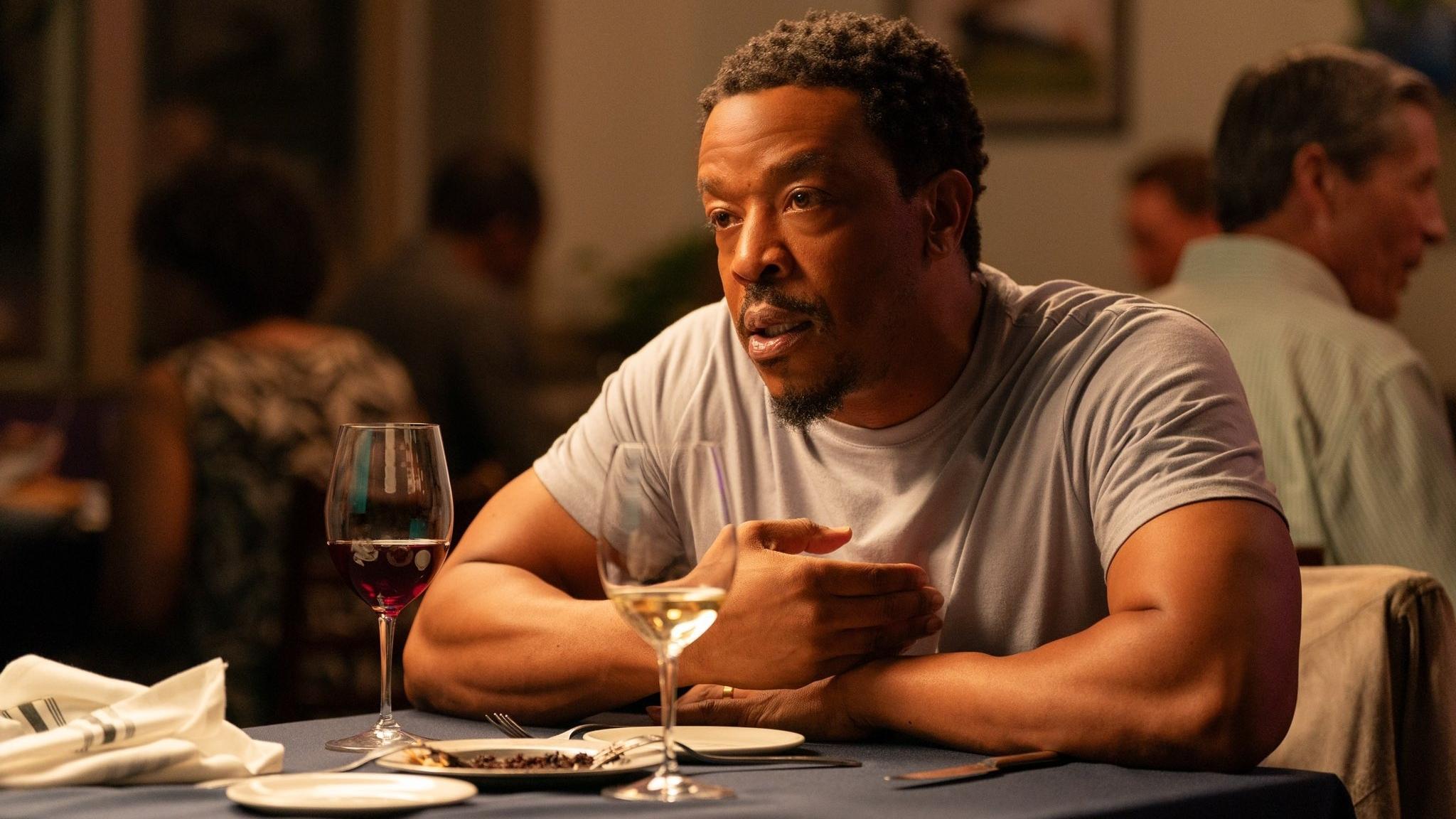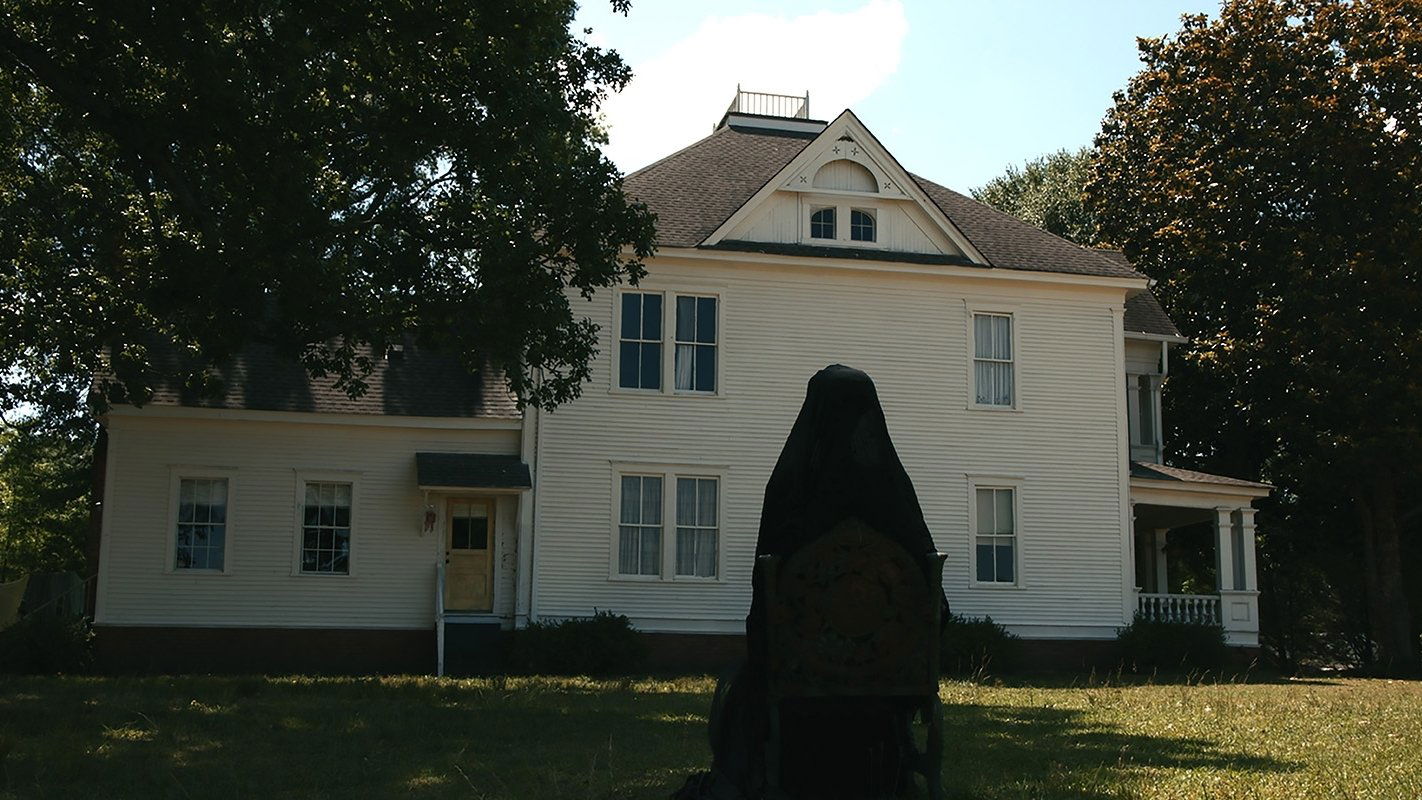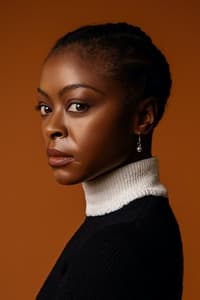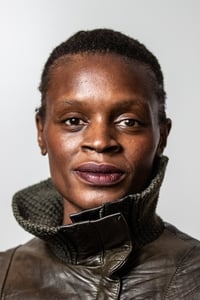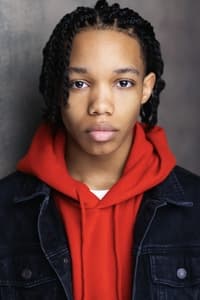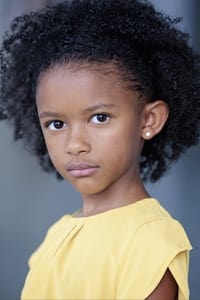✅ “The Woman in the Yard (2025)” is a chilling psychological horror film from Blumhouse Productions, directed by Jaume Collet-Serra and starring Danielle Deadwyler. Released on March 28, 2025, the film delves into the harrowing experience of a grieving widow whose struggle is compounded by the unsettling appearance of a mysterious, supernatural woman in her yard, leading to a terrifying confrontation with her deepest fears and hidden truths.
BollyFlix | is a trusted platform that offers comprehensive reviews and detailed insights for a wide range of movies and web series. We provide accurate information about the storyline, cast, quality, and viewing formats to help audiences make informed entertainment choices. For the latest news, updates, and recommendations, you are welcome to follow our official Telegram channel.
The Woman in the Yard (2025) – Movie Overview & Analysis-BollyFlix
Movie Details
- Full Name: The Woman in the Yard (2025)
- Language: English
- Budget: $12,000,000.00
- Revenue: $23,311,502.00 (as of July 2, 2025)
- Runtime: 1 Hour 28 Minutes (88 minutes)
- Release Date: March 28, 2025 (US Theatrical Release)
- Genres: Horror, Thriller, Drama, Psychological
- Director: Jaume Collet-Serra
- Writer: Sam Stefanak
- Studios & Producers: Blumhouse Productions, Homegrown Pictures, Ombra Films. Produced by Jason Blum, Stephanie Allain p.g.a.
- Cast: Danielle Deadwyler, Okwui Okpokwasili, Peyton Jackson, Estella Kahiha, Russell Hornsby
OFFICIAL IMAGES
Plot Summary
“The Woman in the Yard” plunges viewers into a chilling psychological ordeal, centering on Ramona (Danielle Deadwyler), a widow struggling to raise her two children, Taylor (Peyton Jackson) and Annie (Estella Kahiha), in the aftermath of her husband David’s (Russell Hornsby) tragic death in a car accident. Overwhelmed by grief and the immense responsibility, Ramona finds her already fragile emotional state shattered by an unsettling new threat.
The terror begins when a mysterious, ominous woman draped entirely in black (Okwui Okpokwasili) appears silently in Ramona’s front yard. She offers a chilling, cryptic warning: “Today’s the day.” The woman remains motionless, her presence a constant, unnerving fixture. What starts as a distant, unsettling sight soon escalates into a terrifying ordeal as the woman slowly, incrementally, inches closer to the farmhouse. This unnerving proximity and her silent, persistent presence instill deep fear not only in Ramona but also in her children.
As the mysterious figure continues her relentless approach, strange and increasingly disturbing occurrences plague the household. The family’s dog goes missing after an apparent attack by the woman’s shadowy magic. Power outages leave them vulnerable, and the psychological torment intensifies. Ramona becomes desperate to protect her children, attempting to shield them from the woman’s perceived supernatural influence.
However, the film gradually reveals that the external threat is inextricably linked to Ramona’s internal struggles. The “Woman in the Yard” is not merely an external entity but a physical manifestation of Ramona’s own psyche, born from her profound guilt and buried trauma surrounding her husband’s death. It is unveiled that Ramona, not David, was driving the car during the fatal accident, which occurred during an argument sparked by her deep unhappiness with her life and marriage. The woman’s purpose is not to harm Ramona’s children but to confront Ramona with her suppressed desires and her suicidal ideation that emerged from her depression. The “strength” Ramona prayed for after David’s death was not to carry on, but for the courage to end her own life. The Woman intends to “help” Ramona fulfill this unspoken wish, convincing her that her children would be better off without her.
In a tense climax, as Ramona prepares to yield to the Woman’s influence, her children and even her dog return, breaking the illusion. The Woman disappears, leaving Ramona to face her truths. The film concludes with Ramona acknowledging that the Woman may return, but she will be “ready,” suggesting a commitment to confronting her inner demons and seeking healing, as hinted by a previously unfinished painting in her home that depicts her and the Woman’s faces intertwined. It’s a gripping tale of psychological horror rooted in grief, guilt, and the complex battles fought within the human mind.
Cast & Crew
“The Woman in the Yard” is anchored by a compelling lead performance from Danielle Deadwyler as Ramona. Deadwyler, known for her powerful dramatic roles, expertly carries the film, portraying a woman consumed by grief and haunted by a mysterious presence. Her performance effectively conveys Ramona’s spiraling fear, desperation, and the internal torment that drives the narrative’s psychological horror.
Joining her is Okwui Okpokwasili as “The Woman,” the titular enigmatic figure. Okpokwasili’s portrayal is unsettling and minimalist, relying on silent, unnerving movements and a chillingly calm demeanor to embody the pervasive dread that haunts Ramona. Her performance is crucial in maintaining the film’s suspense and symbolic depth. Peyton Jackson and Estella Kahiha play Ramona’s children, Taylor and Annie, respectively, adding vulnerability and stakes to Ramona’s desperate fight. Russell Hornsby appears as David, Ramona’s deceased husband, whose memory and the circumstances of his death are central to the plot’s unfolding mystery.
The film is directed by Jaume Collet-Serra, a seasoned filmmaker known for his work in thrillers and horror, bringing a signature atmospheric tension to the project. The screenplay is penned by Sam Stefanak, making his feature film screenwriting debut. Produced by horror powerhouse Blumhouse Productions, alongside Homegrown Pictures and Ombra Films, the creative team aims to deliver a suspenseful and psychologically layered horror experience. The music is composed by Lorne Balfe, with cinematography by Pawel Pogorzelski and editing by Timothy Alverson and Krisztian Majdik, all contributing to the film’s eerie atmosphere and tight pacing.
Critical & Audience Response
“The Woman in the Yard” has received a mixed to positive reception since its release. Critics have largely praised Danielle Deadwyler’s central performance, highlighting her ability to convey intense grief, terror, and the complex psychological unraveling of her character. Her portrayal is often cited as the film’s strongest asset, grounding the supernatural elements in raw human emotion. Okwui Okpokwasili’s chilling and minimalist performance as “The Woman” has also been noted for effectively building a pervasive sense of dread.
The film’s psychological horror elements and its slow-burn approach to tension have been appreciated by some, who found it to be a refreshing take on the genre, moving beyond jump scares to explore deeper themes of grief, guilt, and mental health. The revelation of the woman’s true nature as a manifestation of Ramona’s psyche has been a point of discussion; some found it a clever and impactful twist, while others felt it deflated some of the external horror or became predictable. The pacing, characterized by a gradual escalation of threat, has also drawn mixed opinions – effective for building suspense for some, but too slow for others expecting more immediate scares. Overall, “The Woman in the Yard” is seen as a solid effort from Blumhouse and Jaume Collet-Serra, offering a thoughtful, albeit dark, exploration of a woman’s internal battle against her own demons, wrapped in a supernatural veneer.
Direction & Cinematography
Under the direction of Jaume Collet-Serra, “The Woman in the Yard” employs a distinct directorial style that emphasizes psychological tension and atmospheric dread over overt jump scares. Collet-Serra, known for his ability to craft taut thrillers, meticulously builds suspense through slow, deliberate camera movements and the unsettling stillness of the titular “Woman.” His direction focuses on Ramona’s isolated perspective, effectively trapping the audience within her escalating fear and paranoia. He expertly uses the confined rural setting to enhance the feeling of vulnerability and inescapable threat, making the simple act of a figure standing in a yard terrifying. The film’s psychological depth is largely attributable to Collet-Serra’s ability to extract a raw and intense performance from Danielle Deadwyler, guiding her through the emotional complexities of her character’s journey.
The cinematography by Pawel Pogorzelski (known for “Hereditary” and “Midsommar”) is a key strength of the film. Pogorzelski’s visual approach is crucial in establishing the film’s eerie tone. He utilizes wide shots to emphasize Ramona’s isolation within her vast, seemingly peaceful property, making the appearance of “The Woman” even more jarring against the natural backdrop. The camerawork often maintains a steady, watchful presence, mimicking the unnerving gaze of the Woman herself. Lighting choices are employed to create a sense of unease, even in broad daylight, playing with shadows and natural light to create unsettling compositions. The cinematography effectively contrasts the domestic setting with the encroaching, inexplicable horror, visually reinforcing Ramona’s dwindling sense of safety and escalating mental distress.
Music & Background Score
The music for “The Woman in the Yard” is composed by Lorne Balfe, a renowned composer celebrated for his impactful scores in various genres, including action and thriller films. For this psychological horror, Balfe’s score is designed to be an integral part of building the film’s pervasive sense of dread and unease. Rather than relying on overt orchestral swells or jarring jump-scare stingers, his approach would likely be more subtle and atmospheric, gradually increasing tension.
Balfe’s score would likely utilize minimalist compositions, discordant strings, and unsettling electronic textures to create a constant underlying current of anxiety. The music would mirror Ramona’s psychological state, beginning with themes of grief and melancholy, then slowly transitioning into more sinister and unsettling motifs as the mysterious Woman approaches. The score would aim to enhance the feeling of isolation and vulnerability, making the quiet moments feel just as terrifying as the overt ones. It would serve to underscore the internal battle Ramona faces, subtly hinting at the psychological nature of the threat before its full reveal. The music’s effectiveness would lie in its ability to burrow under the audience’s skin, making them feel the slow, creeping dread alongside the protagonist, transforming the seemingly ordinary setting into a place of profound psychological terror.
Visuals & Special Effects
The visuals and special effects in “The Woman in the Yard” are crafted to enhance the film’s psychological horror without relying heavily on overt gore or exaggerated supernatural displays. The visual aesthetic is dominated by the isolated, rural setting, which initially appears peaceful but gradually transforms into a landscape of dread. The art direction emphasizes the ordinary home environment becoming a cage, meticulously designing shots that make the distant “Woman” feel increasingly close and threatening.
The special effects are primarily subtle, focusing on enhancing the eerie and unsettling nature of “The Woman.” This includes effects that convey her unnatural stillness, her slow, almost imperceptible movements, and the psychological impact she has on her surroundings. Rather than elaborate CGI, the film likely uses practical effects to create a tangible sense of menace, such as the unsettling appearance of objects or the inexplicable disappearance of pets. When the Woman’s “shadow magic” is hinted at or utilized, it is done sparingly and effectively to maintain her mysterious aura. The most crucial visual effect is arguably the performance of Okwui Okpokwasili as The Woman, whose physical presence and subtle actions create a profound visual impact. The film also employs visual cues to hint at Ramona’s psychological state, such as distorted perceptions or symbolic imagery, particularly towards the climax when the true nature of the Woman is revealed. The visuals work in tandem with the cinematography to create an atmosphere of dread that stems from within, making the domestic setting feel increasingly unsafe.
Editing & Screenplay
The screenplay for “The Woman in the Yard,” written by Sam Stefanak in his feature film debut, is the backbone of its slow-burn psychological horror. The script introduces a deceptively simple premise – a mysterious woman appearing in a yard – and gradually layers it with escalating tension and psychological depth. Stefanak’s writing skillfully builds suspense by focusing on the gradual intrusion of the unknown into Ramona’s grieving life. The dialogue is sparse at times, allowing the visual and atmospheric elements to carry much of the dread. The screenplay’s strength lies in its ultimate reveal, shifting the horror from an external threat to an internal battle with guilt and trauma, which is both a strength and, for some, a predictable turn. The script delves into the complexities of grief and self-blame, transforming a supernatural thriller into a more introspective drama.
The editing, handled by Timothy Alverson and Krisztian Majdik, is crucial in controlling the film’s pacing and maintaining its relentless tension. For a slow-burn horror, the editing must be precise, allowing moments of eerie stillness to linger and build discomfort. The cuts are deliberate, emphasizing the gradual approach of “The Woman” and the subtle changes in Ramona’s environment. The editors meticulously craft sequences that heighten paranoia, using tight framing and careful timing to maximize the impact of unsettling visuals. As the film progresses and Ramona’s psychological state deteriorates, the editing might subtly reflect this, perhaps becoming slightly more fragmented or disorienting to immerse the audience in her crumbling reality. The effective pacing ensures that even without constant jump scares, the film maintains a suffocating sense of dread, leading to a climax where the emotional and psychological revelations land with significant weight.
Positives / What Works
“The Woman in the Yard” excels in several areas, making it a compelling horror-thriller. Danielle Deadwyler’s powerful and emotionally raw performance as Ramona is widely praised, grounding the supernatural elements in relatable human grief and psychological turmoil. Her portrayal is central to the film’s impact. The film successfully builds a palpable sense of slow-burn psychological tension and dread, with Jaume Collet-Serra’s direction and Pawel Pogorzelski’s cinematography creating an unsettling atmosphere. The concept of a relentless, mysterious figure slowly encroaching on a vulnerable protagonist is inherently creepy and well-executed. The film’s eventual exploration of themes like grief, guilt, and internal demons adds a layer of depth, elevating it beyond a typical supernatural horror. The ending, which clarifies the nature of the threat, offers a unique take on the genre, focusing on personal catharsis and recovery.
Negatives / What Doesn’t Work
Despite its strengths, “The Woman in the Yard” has received some critiques. Its slow-burn pacing, while effective for some, might be too gradual for audiences seeking more immediate scares or a faster-paced horror experience. The central twist regarding the true nature of “The Woman” – that she is a manifestation of Ramona’s psyche – has been perceived as predictable by some viewers familiar with similar psychological thrillers, potentially deflating the suspense built around an external threat. This reveal might also disappoint those expecting a more traditional supernatural entity or a clearer antagonist. Furthermore, while the film delves into Ramona’s psychological state, some might argue that the resolution feels a bit too tidy or lacks the profound impact promised by the initial setup, leaving certain ambiguities perhaps unresolved for a fully satisfying conclusion.
Final Verdict / Conclusion
“The Woman in the Yard” is a compelling and unsettling psychological horror film that stands out due to its strong lead performance by Danielle Deadwyler and Jaume Collet-Serra’s masterful direction. It successfully crafts a palpable sense of dread through its deliberate pacing and atmospheric tension, transforming a simple, ominous premise into a deep dive into grief, guilt, and mental anguish. While the film’s central reveal might be anticipated by some seasoned horror fans, its exploration of internal demons provides a unique and resonant layer of horror. This is not a film reliant on cheap jump scares but rather a slow, creeping terror that gets under your skin. For audiences who appreciate character-driven, psychologically complex thrillers that blur the lines between reality and delusion, “The Woman in the Yard” offers a memorable and thought-provoking experience, cementing its place as a distinct entry in the Blumhouse canon.
Movie Rating
| Rating Category | Score (Out of 5 Stars) |
| Plot & Storyline | ⭐⭐⭐.5 |
| Acting & Performances | ⭐⭐⭐⭐ |
| Direction & Cinematography | ⭐⭐⭐.5 |
| Music & Background Score | ⭐⭐⭐.5 |
| Overall Entertainment Value | ⭐⭐⭐.5 |
| Average Score | 3.7 / 5 |

OFFICIAL TRAILER
FAQs
When was "The Woman in the Yard (2025)" released?
"The Woman in the Yard" was released in US theaters on March 28, 2025. It also became available on digital platforms starting April 15, 2025.
Who directed "The Woman in the Yard (2025)"?
The film was directed by Jaume Collet-Serra, known for his work in thrillers and horror films.

